In 2022, event professionals had to think fast and react to fallout from the pandemic. They developed great solutions and found wonderful tools to help them adapt to new circumstances. Now, we look toward the event trends for 2023.
Many event professionals and event organizers expect the comeback to continue: More events, more networking opportunities, but also new opportunities involving people who need or like the option of virtual participation. Many pros have discovered added value in hybrid events, with both live and virtual attendees. These events can sometimes reach a wider audience and offer participants almost the same experience.
MeetingPulse helps organizers with corporate events, town halls, departmental meetings, and more. Our tools can help you make sure that each participant’s voice is heard.
The industry will continue to use and refine the new event tech that has become so crucial. In-person events appear to be on an upswing. That means that venues are at a premium right now — so planners should arrange quickly for their use. As restrictions lift, event organizers welcome the chance to bring people together again in person.
Let’s look at eight event trends that we can expect to see in the new year.
1. Hybrid offerings will provide more flexible access
Virtual conferences boomed during the pandemic. People got accustomed to the comfort of attending far-flung events from their own homes and offices. And as venues have re-opened, hybrid offerings — with an in-person option and virtual world — have become a target that more event professionals are aiming at. The devil is in the details, however, and there remain plenty of those to work out.
Hybrid events allow us to reach a bigger number of event attendees, including people who prefer to avoid large gatherings. They offer both the reach of a virtual event and the ability to connect and engage IRL for in-person participants. At their best, they offer nearly the same seamless experience for both virtual and in-person attendees. Many corporate event pros are hoping that the necessity of improving the hybrid experience will accelerate advances in live webcasting. Events that are offered virtually allow participants to avoid the rising costs of travel to live events. Some participants also say it is good for their mental health not to travel.
Hybrid events, of course, require more planning. Often, in fact, they require two teams to pull them off: the in-person team and the online team.
2. More focus on “event ROI” and measuring success
Event organizers and producers need data to prove that their resources were well spent. They will continue to look for ways to gather data on attendees (and even on prospective attendees). Meeting and event software makes it easy to gather and organize data from participants. Then event professionals use that data to study participants’ engagement and to gather insights to improve future events.
3. Greater use of audience engagement tools like polls and surveys
As mentioned, event organizers and sponsors of corporate events are using polls and surveys to gauge interest and gain insight. Polls, surveys, MeetingPulses’ Sentiment Analysis, and other tools gather data, but do much more. At appropriate times in a presentation, they give participants a chance to “talk back.” During a panel discussion, for example, a presenter can crowdsource questions and get a sense of how the audience feels about topics. Polls and surveys can be used to reinforce key points in a presentation and to test audience comprehension of training. They also can help virtual attendees feel connected to the proceedings and stay engaged.
4. Security and encryption will increase in importance
The FBI has reported a huge increase in cybercrime in recent years. Corporate event trends in this area involve applying the same measures that are taken with any other security risk. To counter cybercrime at events, it will become standard practice to use VPNs, two-factor authentication, careful password protection policies, and similar tools and techniques.
5. Ongoing concern on health and safety
The pandemic has changed us all. We have learned to deal with health concerns and we have a new appreciation for careful hygiene. We have learned to socially distance. We are safer at in-person events because of careful layout by the organizers. We have complied with company- and venue-wide standards, and we have internalized the mandates for safety. Both attendees and speakers have safety concerns, so risk assessment is a critical component of event planning and management. And that heightened sensitivity to safety procedures is here for the foreseeable future. We are likely to continue to see requests for specialized cleaning crews and advanced air filtration systems. And we can expect to continue to see pre-screening requirements for event participants over the next few years, as well.
6. A rise in micro events
The events industry lost nearly $30 billion during the early days of the pandemic. Most of that loss came from large events that had to be canceled or postponed. Now, the planning of micro-events is on the rise. Smaller events are more affordable and less risky. And participants report strong event engagement at smaller events.
7. Greater use of augmented reality
Augmented reality is not virtual reality — it can be done with a mobile phone app, so there’s no need for headsets or controllers. It helps us to view our world by adding additional images, sounds, or effects. It’s new and it’s sexy and it’s inherently experiential. It uses artificial intelligence in creative new ways, like speeding up the RFP process, offering 3-D virtual tours of a venue, and showcasing sponsors’ packages. Event marketers can tout its use in marketing materials. The use of AR in your event may put you a step ahead of your competitors.
8. Events will increase emphasis on sustainability
There are many ways to make your events more sustainability-conscious. When you’re in the planning stages, consider ways to use what you already have. Source responsibly. Set up recycling bins throughout the venue. Repurpose areas for event space and reuse materials whenever you can. Use items that can be recycled after the event, and aid the community’s health by offering leftovers to the needy. Consider hosting smaller (and maybe more frequent) events across several different locations, to minimize the environmental impact of travel. Event professionals will increasingly look for ways to lower the industry’s carbon footprint and consider the impact of climate change.
Keep an eye on event trends
Event professionals are taking advantage of the lessons learned over the past few years. They are looking ahead and considering each new corporate event trend. They’re assessing new ways of reaching audiences and the new sizes of audiences. They are developing more sustainable events. They are reimagining traditional approaches, embracing innovation, and caring for the planet and their events’ participants in exciting new ways.
MeetingPulse offers tools to help event professionals make the most of these new developments and position themselves for the future. We stand ready to help you give every participant a voice at your live, virtual and hybrid events.











